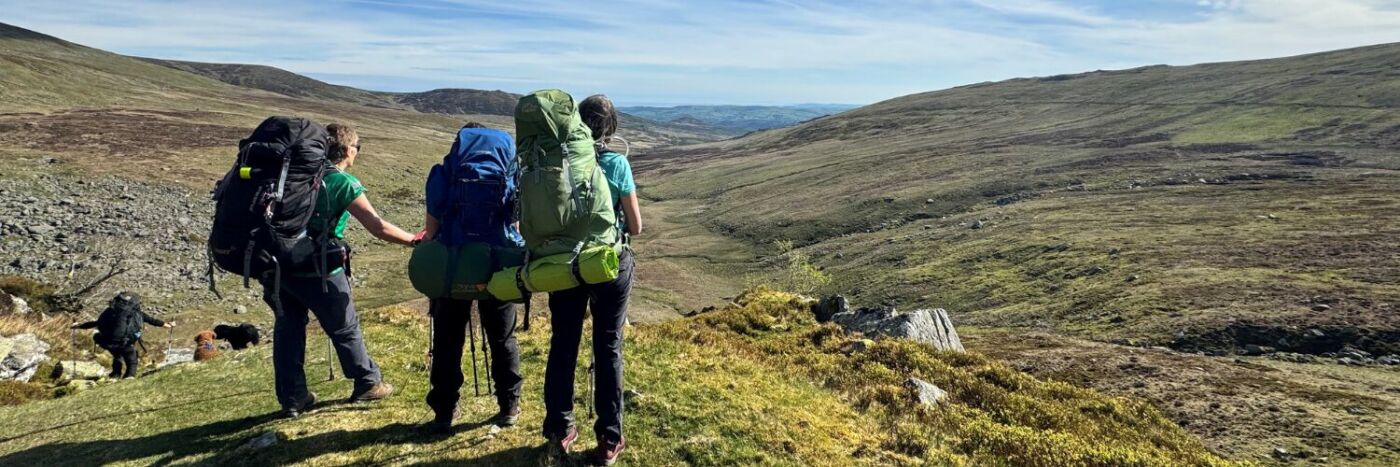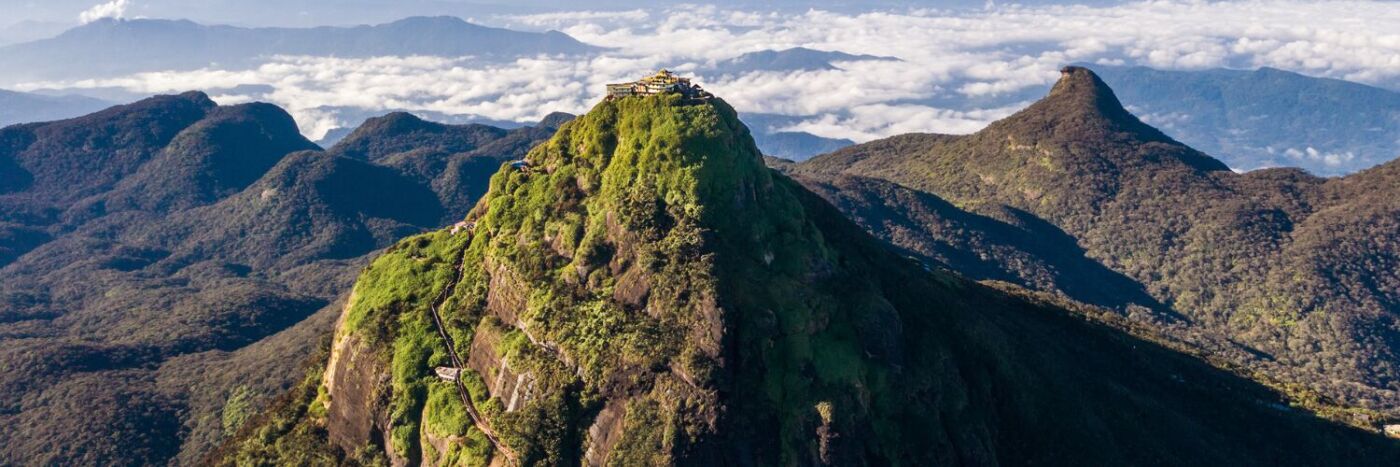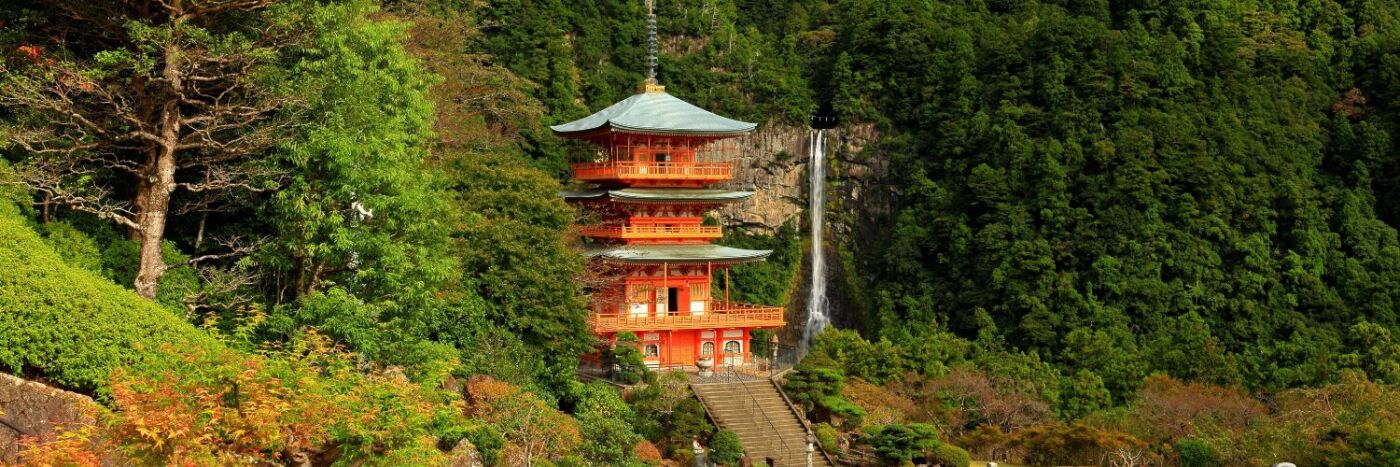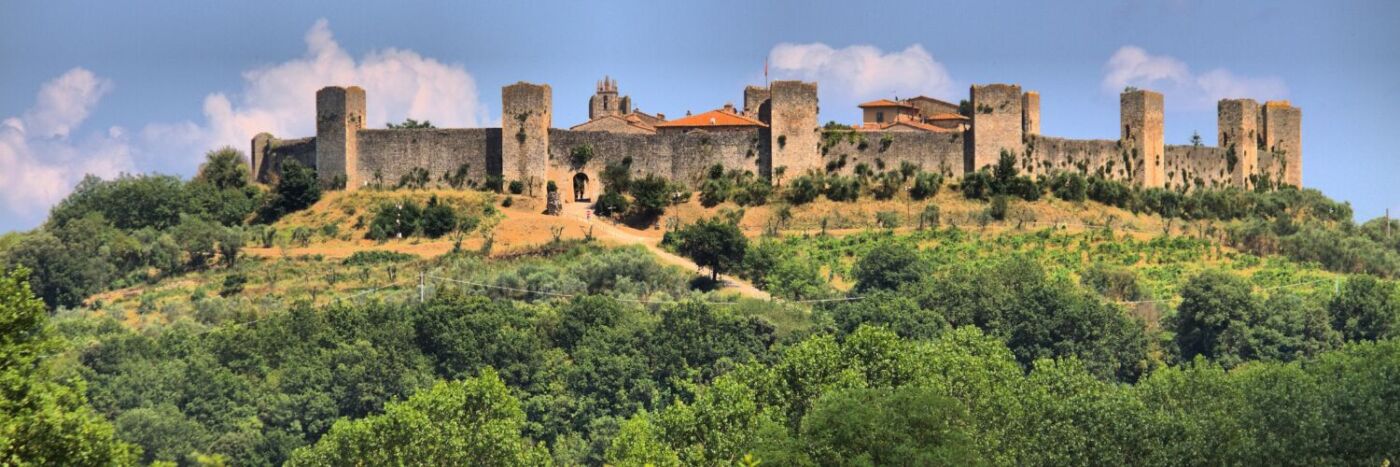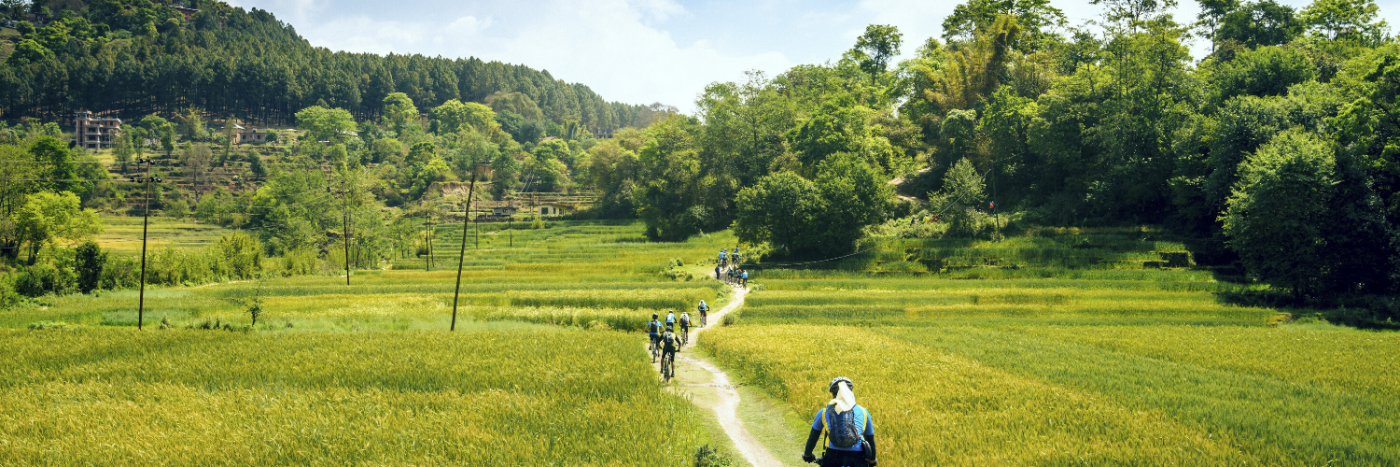8 Pilgram Trails Beyond the Camino
When you hear the word “pilgrimage”, your mind might leap straight to the Camino de Santiago. And for good reason – it’s an iconic route packed with spiritual, cultural and physical rewards. But there’s a whole world of alternative pilgrim paths just waiting to be explored. Trails that connect wild landscapes, ancient traditions, and the kind of mindful journeying that speaks to the soul – whether you’re walking for faith, fitness, or just the joy of slowing down.
At Adventurous Ewe, we believe in the power of a journey with purpose. So we’ve rounded up some lesser-known but equally inspiring pilgrim trails across the globe, including one right here on our doorstep in North Wales.
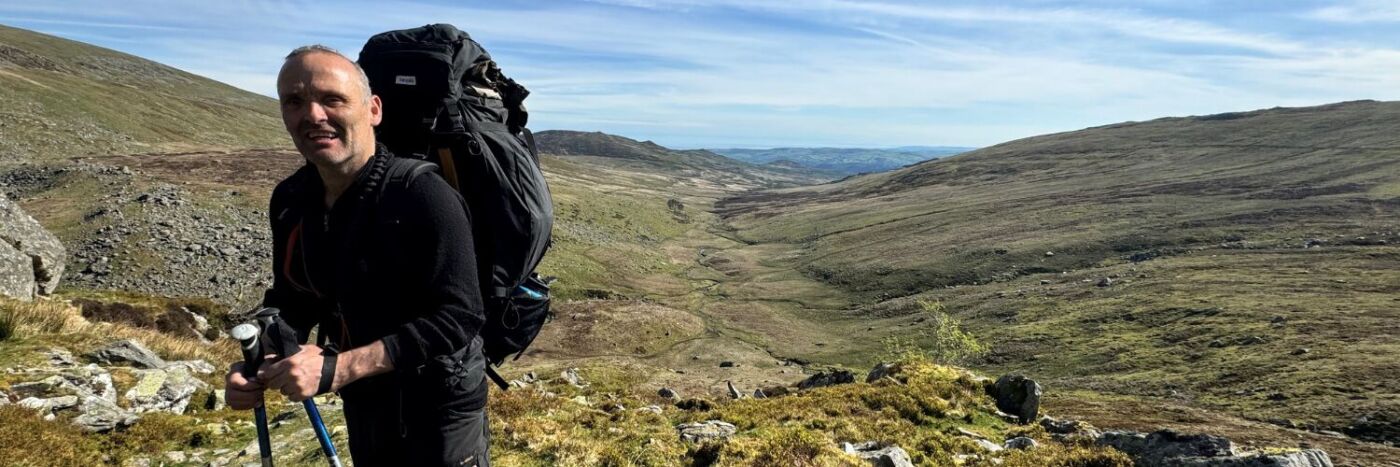
1. North Wales Pilgrims Way (Camino Cymru – the Welsh Camino), North Wales
Best for: Sacred landscapes and Celtic legends
Length: Approx. 135 miles (220km)
Start/End: Basingwerk Abbey, Flintshire to Bardsey Island (Ynys Enlli)
This ancient path winds through the mountains, coasts and sacred sites of North Wales, connecting 6th-century chapels, medieval cathedrals and Celtic legends. Known as the Welsh Camino, it follows in the footsteps of pilgrims heading to Bardsey Island, once believed to be the burial site of 20,000 saints.
You’ll pass through the dramatic landscapes of Snowdonia (Eryri), peaceful farmland, and historic towns like Conwy, Bangor and Caernarfon. And with the option to start or end right near our HQ, it’s the perfect trail to explore at your own pace, with a spiritual depth and scenery that rivals any global route.
For more info visit here or or drop us a message – we’re happy to help with planning or even arrange a private local Leader to guide your journey.
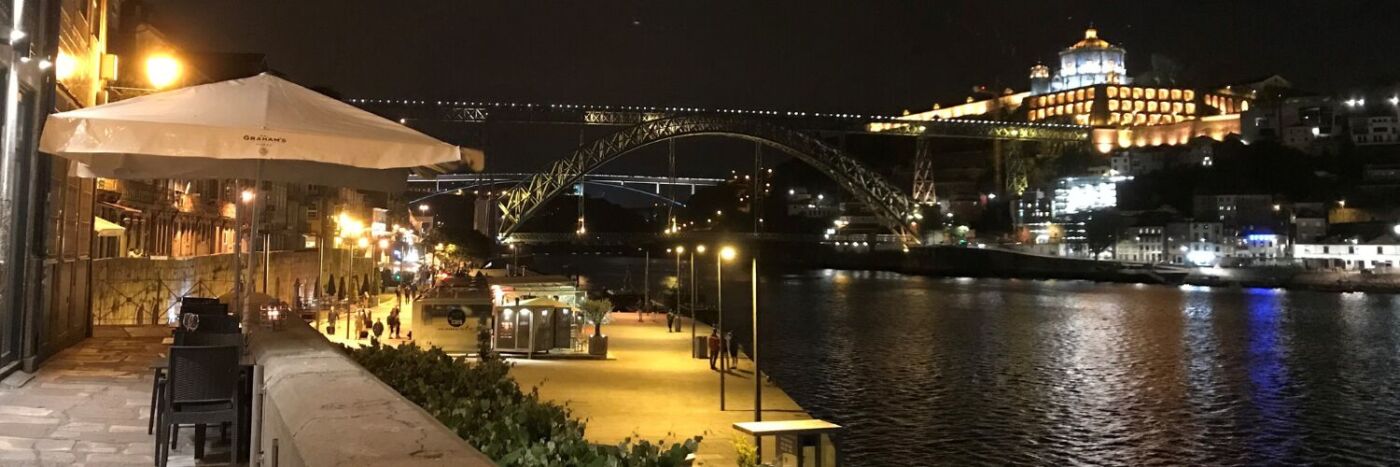
2. Portuguese Way (Camino Portugués), Portugal
Best for: Versatility, low gradients, and cultural contrasts
Length: 620km (385 miles) from Lisbon to Santiago; 265km (165 miles) from Porto
The second most popular Camino route and easily one of the most versatile, the Portuguese Way offers multiple route options: inland, coastal, and even a unique Spiritual Variant that includes a boat journey. You can switch from one route to another along the way, giving you the freedom to tailor your trek to suit your interests and time frame.
Running from south to north through western Portugal and into Spain, the trail passes through two countries, showcasing clear contrasts in culture, cuisine, architecture, and local charm. You’ll cross the Miño River via the International Bridge of Tui on the inland route or take a ferry into A Guarda on the coastal route, both converging in Redondela before heading through the lush interior of Galicia to Santiago.
It’s also the flattest of all the Caminos, making it ideal for those looking to walk long distances with minimal climbs. The coastal variant is especially gentle, with barely noticeable gradients. Highlights include alley-strewn Coimbra (Portugal’s medieval capital), the Moorish charms of Santarém, and convent-topped Tomar.
Well-marked, moderately challenging, and rich in cultural and spiritual rewards, this route is best walked in spring or autumn. Pressed for time? The Porto to Santiago stretch takes just 10–12 days.
Interested in exploring this route? Get in touch with us if you’d like a tailor-made, self-guided trek. Whether you start in Lisbon or Porto, we can personalise the pilgrimage experience to suit you – including route selection, accommodation, luggage transfers and more.
3. Kumano Kodo, Japan
Best for: Forest bathing, shrines and onsen – with a deep sense of spiritual heritage
Length: Varies (from 15km to multi-day treks)
Start/End: Tanabe to Kumano Hongu Taisha and other Grand Shrines
The Kumano Kodō, the ‘Kumano Old Road’, encompasses a network of ancient pilgrimage paths that crisscross the diverse landscapes of Japan’s Kii Peninsula. These sacred routes, with a history spanning over a millennium, have been traversed by individuals from every stratum of society – from peasants and craftsmen to nobles and emperors – symbolising a journey accessible to all in pursuit of spiritual fulfilment. The trails stretch across majestic mountain ranges and meander through verdant valleys, peppered with serene villages and vibrant spa towns renowned for their healing hot springs.
A UNESCO twin to the Camino de Santiago, this network of trails through Japan’s Kii Peninsula is steeped in Shinto and Buddhist tradition. Moss-covered paths, ancient oji shrines, and steaming onsen baths make this a deeply restorative journey through cedar forests and sacred mountains.
If you love a mix of cultural immersion, spirituality, and peaceful hiking, the Kumano Kodo is a must. And yes, you can earn a dual pilgrimage certificate if you’ve also completed the Camino.
If you wish to extend your self-guided trip, you can combine this pilgrimage with the historic Nakasendo Trail – a 3-, 4-, or 5-day journey that links Kyoto with Edo-period Tokyo through scenic mountain villages, post towns, and forests straight out of a samurai-era travel diary.
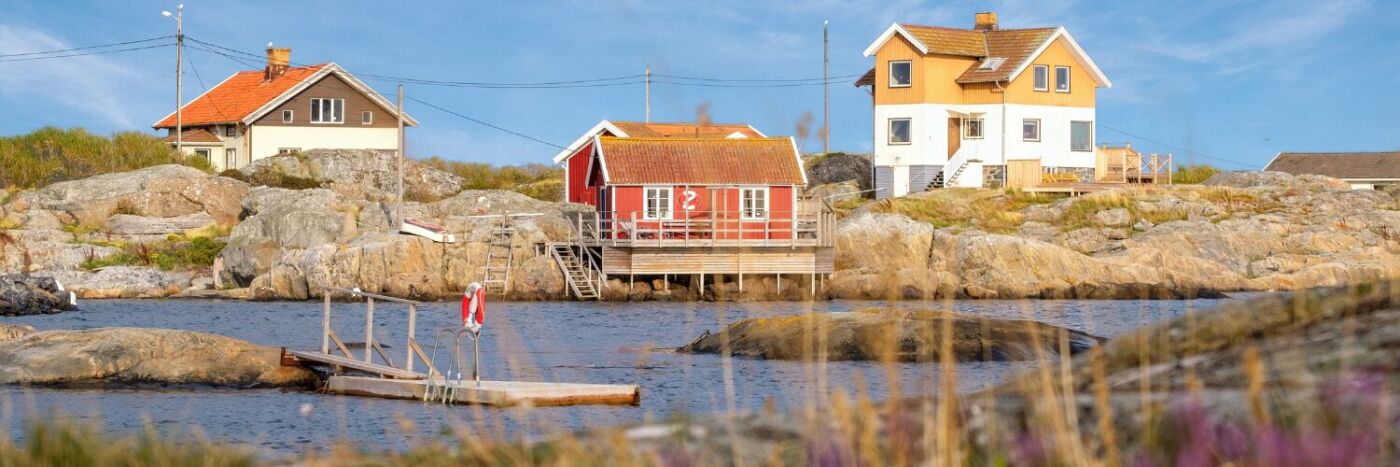
4. St Olav Ways, Norway and St Olav Waterway, Sweden & Finland
Best for: Nordic wilderness, island hopping and sea views
Length: Up to 400 miles (643km) in Norway; 215km (134 miles) from Turku, Finland to Eckerö, Åland in Sweden
The St Olav Ways trace the legacy of Norway’s patron saint, Olav Haraldsson, and offer two unique experiences for pilgrims in the Nordic world.
In Norway, well-marked inland routes like the Gudbrandsdalen Path lead through scenic fjords, forests, and traditional villages en route to the historic Nidaros Cathedral in Trondheim. Along the way, you’ll experience the essence of ‘friluftsliv’ – a deep-rooted Nordic love of the outdoors – and find comfort in rustic huts, hospitable farmsteads and a slower pace of life.
For something truly different, venture across the sea on the St Olav Waterway, a 10-day, 215km trail stretching from Turku in Finland to Eckerö in Åland, Sweden. This island-hopping pilgrimage can be walked, cycled, or even kayaked, linked by ferries between rocky islets and coastal villages.
The Waterway invites you to reconnect with nature – from bracing sea swims and silent pine forests to night skies glittering above wild camps. Follow in the footsteps (and wake) of medieval pilgrims across the Baltic Sea, spot elk swimming between islands, and enjoy local delicacies from farm shops in timber-built villages.
Walk through what’s often called the most beautiful archipelago in the world, island to island. The route begins at Turku Cathedral on the Finnish mainland, continues through the Finnish archipelago and the Åland Islands – known as the islands of peace – and on to Sweden. Once there, you can choose from several inland paths to reach your final destination of Nidaros Cathedral in Trondheim, Norway.
This isn’t a route of showstopping highlights, but one where you’ll rediscover rhythm, peace, and a deeper connection with the natural world.
Interested in exploring this route? Get in touch with us.
5. Via Francigena, Italy
Best for: Wine, hill towns and Tuscan tranquillity
Length: 1,200 miles (1,900km) from Canterbury to Rome, or walk a section
The Via Francigena is a historic pilgrimage route connecting Canterbury to Rome, once walked by medieval pilgrims on their way to the Holy See. Whether you’re walking the entire trail or selected sections, this long-distance walking route offers a deeply rewarding journey through Italy’s stunning landscapes and historic towns.
Unlike the busier Camino de Santiago, the Via Francigena offers quieter paths and a more meditative experience. You’ll pass through charming medieval piazzas, authentic street-side cafés, tranquil villages, and picturesque vineyards – all steeped in culture and character. From the Swiss Alps to the eternal city of Rome, every step celebrates the richness of Italian heritage.
While some original paths have been overtaken by roads, our carefully curated itineraries minimise road walking to enhance your comfort and connection with the landscape. Do a single section or tackle multiple sections by bike or boots – either way, it’s a pilgrimage filled with quiet magic.
Review from Cheryl: “An amazing adventure, self-guided through Tuscany with Adventurous Ewe. The places we stayed were not only clean and welcoming but bordering on luxurious. Bags moved along the way seamlessly, and instructions and maps very clear. Always someone on the line if you needed help.”
Interested in discovering the quieter, more contemplative side of Italy? Get in touch with us for a tailor-made, self-guided Via Francigena experience. Whether walking or cycling, we’ll help design the perfect route with handpicked accommodation, luggage transfers and expert support every step of the way.This pan-European pilgrim route dates back to the 10th century and winds through some of Italy’s most charming landscapes. Think abbeys, vineyards, and terracotta-roofed hill towns. A popular section from Lucca to Siena reveals the best of Tuscany.

6. St Paul Trail, Türkiye
Best for: Ancient Roman roads and quiet mountain paths
Length: Approx. 500km
Start/End: Perge (near Antalya) to Yalvaç
The apostle St Paul is said to have hailed from Tarsus and spread the Christian faith in Asia Minor in the first century. Honouring this foundational early saint and tracing his footsteps as he embarked on his first missionary journey to Anatolia, the St Paul Trail presents a deep dive into a rural side of Türkiye that few visitors get to see.
This at-times-tough hike runs from the ancient city of Perge on the Mediterranean coast to Yalvaç near Lake Eğirdir. A second branch begins in Beşkonak at the entrance to Köprülü Kanyon National Park and joins the main route at the Roman site of Adada. The trail is waymarked throughout with red and white painted stripes and covers stone-paved Roman roads, forest tracks, and ancient shepherd paths – some sections even suitable for mountain bikes.
It’s a wilder alternative to the more popular Lycian Way, starting at sea level and climbing to 2200m, with optional side ascents reaching up to 2800m. Walk through pine, beech and juniper forests, traverse high pastures and remote valleys, and follow crystal-clear streams past waterfalls.
History lovers will be in their element, as the route weaves through Roman, Byzantine and Ottoman sites – from aqueducts and ancient theatres to mosques, churches, castles and hamlets where traditional ways of life endure.

7. Irish Pilgrimage Routes, Ireland
Best for: Rugged coastlines and Celtic spirituality
Length: Varies (from short walks to multi-day hikes)
Ireland is steeped in spiritual tradition and scattered with pilgrim paths. From St Kevin’s Way in the Wicklow Mountains to Tochar Phadraig in Mayo and the wild coastal St Finbarr’s Way in West Cork, each trail blends breathtaking landscapes with legend and lore. You’ll find sacred wells, old monastic ruins, and plenty of space to slow down.
Just as the Camino de Santiago follows St James’s route through Spain and France, numerous Irish saints lend their names and stories to Ireland’s pilgrimage paths and routes. Meander through green fields, remote summits, vast heathland and dramatic coastlines while following ancient routes shaped by faith and tradition.
Motivations for hiking Ireland’s pilgrimage routes vary – some are spiritually motivated, others drawn to the history or the sense of walking in the footsteps of countless others before them. Many seek mindfulness or inner peace, while some simply love the rhythm and solitude of a long-distance trail through spectacular scenery.
Interested in exploring these routes? Get in touch with us.
8. Adam’s Peak (Sri Pada), Sri Lanka
Best for: Sunrise summits and shared spirituality across cultures
Length: Approx. 7km (one way) with over 5,000 steps
Start/End: Dalhousie to the summit of Adam’s Peak
At 2243m, Adam’s Peak is far from the highest point on the island, but as the holiest, it draws thousands of pilgrims each year – all panting their way up 4,800 stone steps to worship at the sacred indentation in the rock at the top. Most pilgrims are Buddhists who believe it to be the footprint of the Buddha, but this revered peak is unique in its inclusivity: Muslims attribute the print to Adam, Hindus to Shiva, and Christians to St Thomas. In fact, pilgrimages here pre-date all of these religions, with spiritual journeys to the summit taking place for thousands of years.
The 7km route from Dalhousie climbs steeply through cloudforest – where leopards are said to prowl – and up into the mists. Rock steps and handrails help guide pilgrims along the steepest parts, though none of it is especially technical. During the pilgrimage season (December to April), when the weather is clearest, the trail is illuminated by a glowing necklace of lights and dotted with tea stalls offering refreshments. Off-season (May to November), you may have the path – and mountain – virtually to yourself. The average ascent takes around four hours.
At the top, join pilgrims in prayer at the tiny temple built around the footprint, watch the sky blaze into colour with sunrise, and then head to the opposite side of the summit to glimpse a unique natural phenomenon – the mountain’s shadow cast perfectly onto the surrounding clouds.
Join us on our Top to Tail Sri Lanka journey and we can organise an optional extension if you wish to take on this spiritual route.
Why Pilgrimage-Style Travel?
There’s something powerful about journeying with intention. Pilgrimage routes aren’t just about reaching a destination. They’re about the space to reflect, the joy of meeting others on the trail, and the stories etched into every chapel, cairn and country path.
Whether you’re yearning for a modern-day odyssey or a quiet few days off-grid, these trails offer a chance to walk with purpose.

Walk Local, Think Global
While we love global journeys, we’re also big fans of slow adventure closer to home. The North Wales Pilgrims Way is not only stunning and steeped in history, it’s part of a growing movement to rediscover our own sacred paths and landscapes.
Fancy making your own pilgrimage in North Wales or further afield? We’re here to help you tread thoughtfully, walk responsibly, and discover the transformative power of travel.
Head to www.adventurousewe.co.uk to explore more trails and treks that connect people, planet and purpose.
